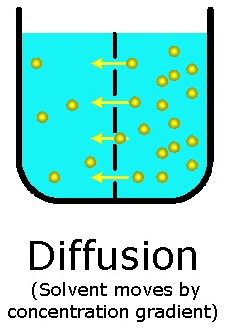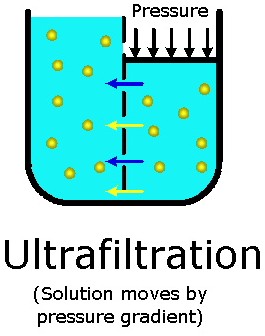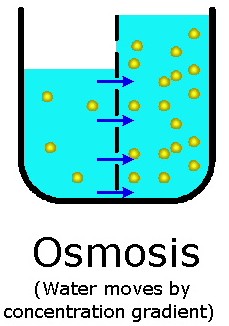 |
Medical Device Engineering Services
Regulatory Documentation Services
|
|
How Hemodialysis (Dialysis) Works
How Hemodialysis Works
Dialysis is a treatment for people in the later stage of kidney failure (chronic renal insufficiency). This treatment cleans the blood and removes wastes and excess fluid from the body, which are normally removed by healthy kidneys. Sometimes dialysis is a temporary treatment (acute). However, when the loss of kidney function is permanent, as in end-stage kidney failure, dialysis is required on a regular basis (chronic). The only other treatment for kidney failure is a kidney transplant.
There are two types of dialysis: hemodialysis and peritoneal dialysis. In hemodialysis, blood is passed through an artificial kidney (hemodialyzer) to clean it. Peritoneal dialysis uses a filtering process similar to hemodialysis, but the blood is cleaned inside the body rather than in a machine. This description only talks about hemodialysis.
In hemodialysis, blood is removed from the body and circulated through an extracorporeal fluid circuit (outside the body), then returned to the patient. This circuit includes a hemodialyzer, which is where the blood is cleaned. The hemodialyzer contains a selectively permeable membrane, which is a filter that allows fluids and waste (uremic toxins) to pass through, but prevents the exchange of blood components, microorganisms and the "skeletons" of dead microorganisms (endotoxins). The fluid used to clean the blood (dialysate) flows in the opposite direction to the blood on the opposite side of the membrane, while waste and extra fluid are removed from the blood and end up in the dialysate by controlling three processes: Diffusion, ultrafiltration and osmosis.
| Diffusion is the exchange of things dissolved in fluid (solutes) across the membrane due to differences in the amounts of the solutes on the two sides (concentration gradient). If there is a higher concentration of a given solute on one side of the membrane than on the other, then diffusion will occur to try to make the concentrations on both sides of the membrane the same. By controlling the chemicals in the dialysate, the dialysis machine controls this transfer of solutes according to the doctor's prescription. Dialysis machines control the chemicals in the dialysate by mixing dialysis fluid concentrates, which are strong versions of the chemicals, (acetate or sodium bicarbonate plus acetic acid based solutions) with purified water. The mixing is generally controlled using either conductivity control (measuring how well the fluid conducts electricity) or by volumetric control (how much water is mixed with how much chemical) of the water and concentrates. Sodium profiling (changing the amount of sodium in the dialysis fluid at different times during the treatment) is used in many modern dialysis machines to vary the conductivity of the dialysate over the course of the treatment to improve the total amount of solute removed by diffusion. |
 |
 |
Ultrafiltration, also referred to as convection, is fluid flow through the membrane, forced by a difference in pressure on the two sides of the dialyzer (pressure gradient). This controls the patient's weight loss over the course of the treatment. While earlier dialysis machines either controlled dialysate pressure or the pressure difference across the membrane in order to achieve ultrafiltration, modern dialysis machines are generally volumetric, meaning they control the volume of fluid removed from the patient directly and allowing dialysate pressure to change as it will in order to achieve the prescribed weight loss. Volumetric control is generally achieved either by controlling the flow of dialysate in and out of the dialyzer at different rates with two flow controllers, or by having equal flow rates in and out of the dialyzer and removing fluid between these equal flows. Volumetric control allows the doctor to take advantage of more effective "high flux" dialyzers, which allow a great deal of fluid movement with very little pressure differences.
|
| Osmosis is the net movement of water across a selectively permeable membrane driven by a difference in the amounts of solute on the two sides of the membrane. In dialysis, this refers not to water movement across the hemodialyzer membrane, but across cell membranes within the body-either from within the red cells to the blood plasma, or from within cells of the various tissues in the body (like muscles) to interstitial fluid (the fluid in between cells). Sodium profiling, as described in the "diffusion" section, can be used to increase the rate of osmosis early in the treatment by increasing the sodium level of the plasma |
 |
|
|
|
 |





